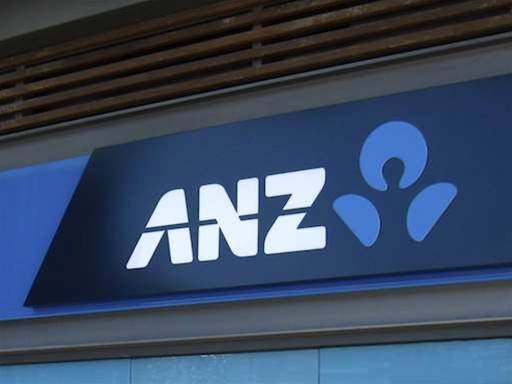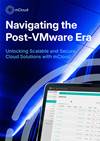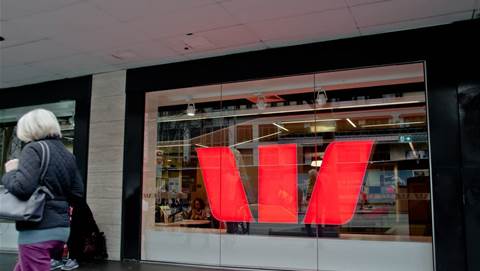ANZ Bank has taken a $441 million hit to its first half results after tweaking how it capitalises software, which helped to drag down its net profit by 22 percent.

The bank has lifted the threshold on software capitlisation to $20 million and is directly expensing more project-related costs.
The move is intended to give smaller items of software shorter and more useful lives "in the digital world" to support innovation.
While the change will result in higher software expenses in the near term, it will mean lower amortisation charges in future financial results, the bank said.
In the most recent half, it meant an accelerated amortisation charge of $556 million after ANZ expensed the carrying values of software assets with a value lower than the new threshold. Under its previous accounting structure it only would have amortised $88 million in the March half.
ANZ's capitalised software balance prior to the change, which is effective from October 1 last year, sat at just under $2.9 billion. It now sits at just over $2.2 billion.
"The change .. does not impact the group's total spend on technology but better aligns the application of ANZ's policy with the rapidly changing technology landscape, increase pace of innovation in financial services and the group's own evolving digital strategy," the bank said in its results.
The accounting tweak formed the largest part of a $717 million net restructuring charge that pulled down ANZ's six-monthly profit by 22 percent to $2.7 billion.
Overall technology expenses increased 89 percent, or by $623 million, on the same period last year predominantly because of the software capitalisation changes. An extra $110 million was spent due to higher licensing, outsourcing and data communication costs.
Last October rival Westpac altered how it calculates its technology investment spend to similarly directly expense more technology project costs and adopt an accelerated amortisation model for capitalised software.
It meant the bank's capitalised software balance dropped by $505 million pre-tax for its most recent full fiscal year.



_(5).jpg&h=140&w=231&c=1&s=0)




.png&w=100&c=1&s=0)

 Digital Leadership Day Federal
Digital Leadership Day Federal
 Government Cyber Security Showcase Federal
Government Cyber Security Showcase Federal
 Government Innovation Showcase Federal
Government Innovation Showcase Federal
 Digital NSW 2025 Showcase
Digital NSW 2025 Showcase












_(1).jpg&h=140&w=231&c=1&s=0)



